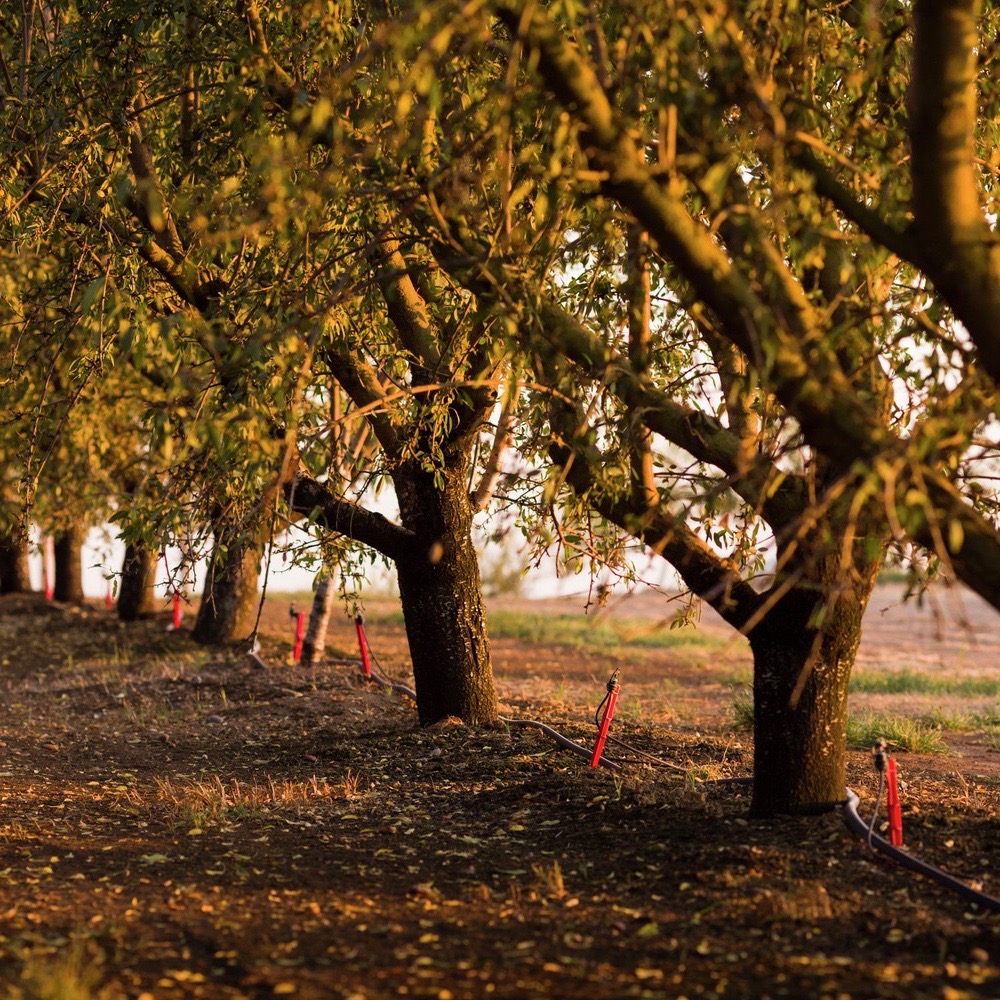Last week we shared some of the innovative techniques growers are using to be as efficient as possible with their natural resources, and today we want to introduce you to some of the people themselves.
When you live in California's almond country, you're likely to spot almond growers gathering in the local coffee shops each morning. (Just look for the white pick-ups in the parking lot.) This traditional "coffee shop talk" is essential for exchanging information about the weather and the crops, and learning from each other.
But these days, technology plays a role that's just as important. Solar panels, iPhone apps, iPhone apps powered by solar panels -- these are just a few of the common ways today's almond growers are powering their farms and monitoring their orchards.
Here are three growers that were each highlighted recently in their local newspapers for the efficiencies they're gaining as a result of investing in innovative technology.

(photo credit: Turlock Journal)
Chuck Dirkse, profiled in the Turlock Journal, is among a group of many farmers investing in technology to mitigate the loss of excess water through the installation of soil moisture monitoring equipment. Dirkse is even able to transmit soil moisture information to his iPad, combining his first career in the computer industry with his second, the return to his family's almond farm.

(photo credit: Ripon Record)
As a third-generation almond grower, Brent Boersma (recently featured in the Ripon Record) certainly monitors his orchards a bit differently from his father and grandfather. Brent's soil moisture monitoring system is solar powered, and he receives a text to his cell phone with measurements of temperature, wind speed and soil moisture content. "It provides an analysis of what you're doing. It allows you to think about things from a cost viewpoint as well as a sustainability viewpoint.* There's a lot of overlap; not everything that is sustainable is nonprofit," Boersma said. And with two solar panels, he also gathers energy credits throughout the year and sells them back to the power company.

(photo credit: Merced County Times)
Justine Pitts' story was highlighted by the Merced County Times. She comes from a long line of farmers, stretching back seven generations in California. Some of her, her mom's and her grandmother's employees have been with them for 30 or more years, and the Pitts family intends to continue and preserve the operation for a long time to come. Justine monitors solar energy production in the fields on her home computer, and checks soil moisture levels at various orchard locations via an app on her cell phone.
*California Almond Sustainability Program: Sustainable almond farming utilizes production practices that are economically viable and are based upon scientific research, common sense and a respect for the environment, neighbors and employees. The result is a plentiful, nutritious, safe food product.


